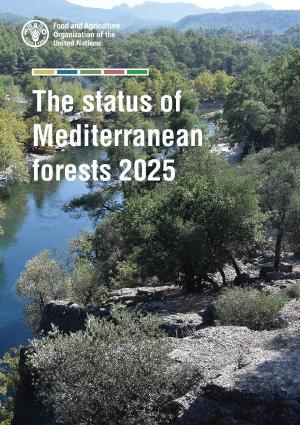The Mediterranean region is facing serious challenges related to climate change, population growth, and social inequalities.
The 2025 edition of the State of Mediterranean Forests (SoMF) provides a comprehensive assessment of the region’s forests, thanks in particular to updated data, regional cooperation, and the expertise of a wide range of Mediterranean stakeholders.
Building on the foundations laid by the 2013 and 2018 reports, this publication was prepared by FAO (Food and Agriculture Organization of the United Nations) part of an initiative organized by the Committee on Mediterranean Forestry Questions – Silva Mediterranea, in collaboration with a range of institutions, networks, and civil society actors dedicated to sustainable development.
Wildfires, drought, pests, land degradation, and land use changes are threatening forest areas. While forest cover in Mediterranean countries increased by 12% between 1990 and 2020, progress has slowed and calls for strengthened sustainable forest management.
Climate change is accelerating wildfires, droughts, pest outbreaks, and soil degradation, with land use trends varying across subregions.
On a positive note, forest restoration is progressing, with 80 million hectares identified as potentially restorable. Between 2017 and 2022, up to 2.3 million hectares underwent restoration interventions under the Agadir Commitment.
Western Mediterranean countries are generally the most affected by wildfires, which are becoming increasingly intense. With an average of about 1,600 fires per year, as many as 400,000 hectares are burned annually. This underscores the need for integrated fire management, including prevention, post-fire restoration, and regional cooperation.
Urban expansion, expected to grow by 160% by 2030, also demands better management of urban and peri-urban forests, which provide vital ecosystem services and social benefits.
The 2025 edition of the State of Mediterranean Forests (SoMF), grounded in updated data and regional collaboration, represents a renewed commitment to the sustainable management and restoration of these ecosystems.

